COURAGE IN THE FACE OF BIAS
COURAGE IN THE FACE OF BIAS

Booking

COURAGE IN THE FACE OF BIAS

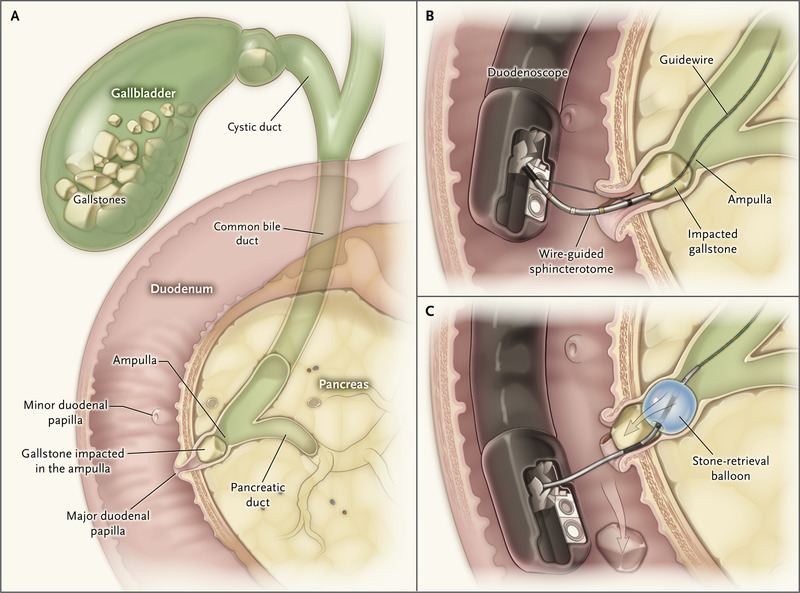

The most common cause of pancreatitis world wide is “alcohol”. But the second most common cause is stones inside the gallbladder. It is also known “biliary pancreatitis”. The common notion amongst the surgeons is if the gallbladder has small stones, the patient is more likely to have jaundice or pancreatitis as these have a larger probability of slipping down in the common bile duct. But if the patient has large stones, they are more likely to get impacted at the neck of the gall bladder and cause distension, swelling and infection of the gallbladder. In fact, in some cases of long standing obstruction, the color of the bile inside the gall bladder turns white from green and this is known as “white bile” and the gall bladder is known as “hydrops of the gall bladder or mucocoele”.
Now coming to the incidence of having pancreatitis due to gallstones. Most cases, it is of mild variety. The stone may spontaneously pass out of the bile duct. The patient will experience excruciating pain the in the midline and above the naval area in such a situation. If the stone remains impacted at the level of the valve and does not fall down spontaneously, then it has to be removed urgently by a procedure called ERCP. It is an endoscopic technique to clear the bile duct of stones. It will prevent aggravation of the attacks of pancreatitis and the inflammation in the pancreas will gradually settle down. Once the serum amylase returns to near normal and the liver enzymes show a decreasing trend, the patient should under go the surgery for cholecystectomy in the same index admission. If the surgery is delayed, there is strong likelihood that another stone may pass down the bile duct causing recurrent pancreatitis.
In a small percentage of cases, the pancreatitis is severe and has to be managed by a multidisciplinary team of gastroenterologist, Intensivist, and the surgeon together along with a interventional radiologist. It can be an alarming and a serious situation. This can easily be avoided if timely intervention is done, and surgery for gallstones is performed as soon as they are diagnosed
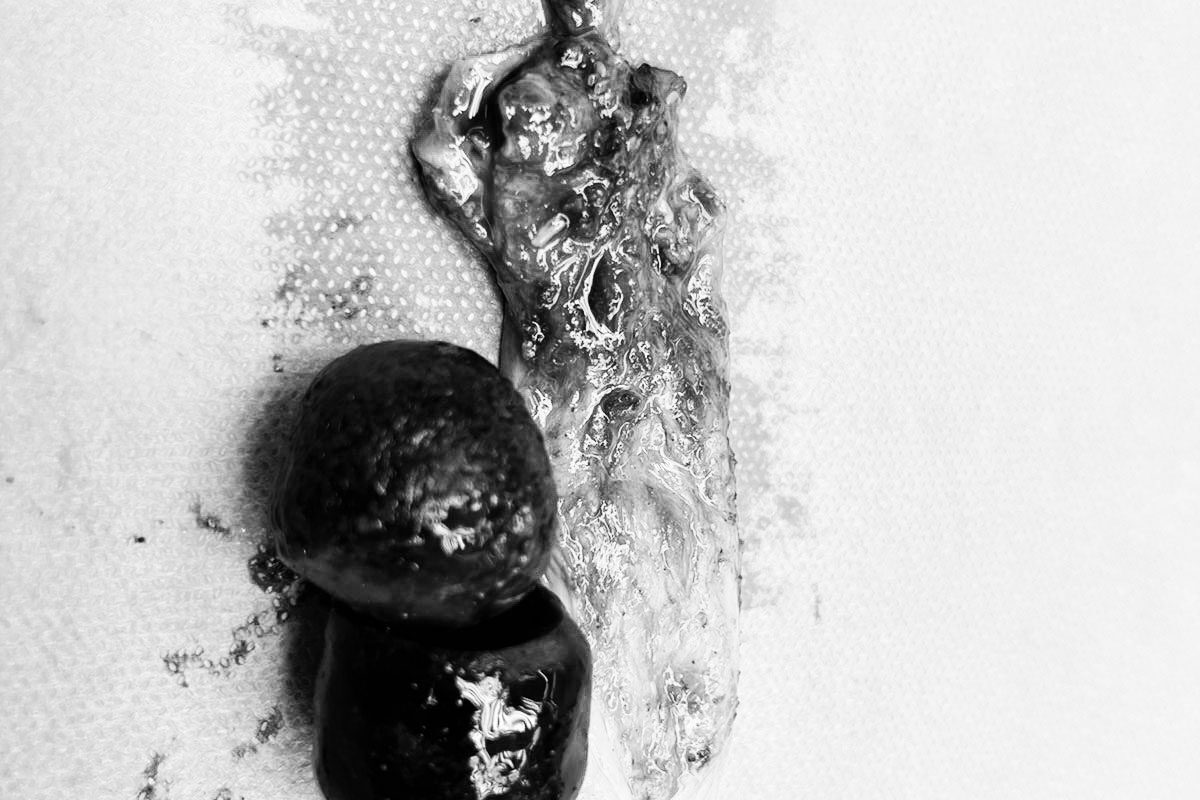
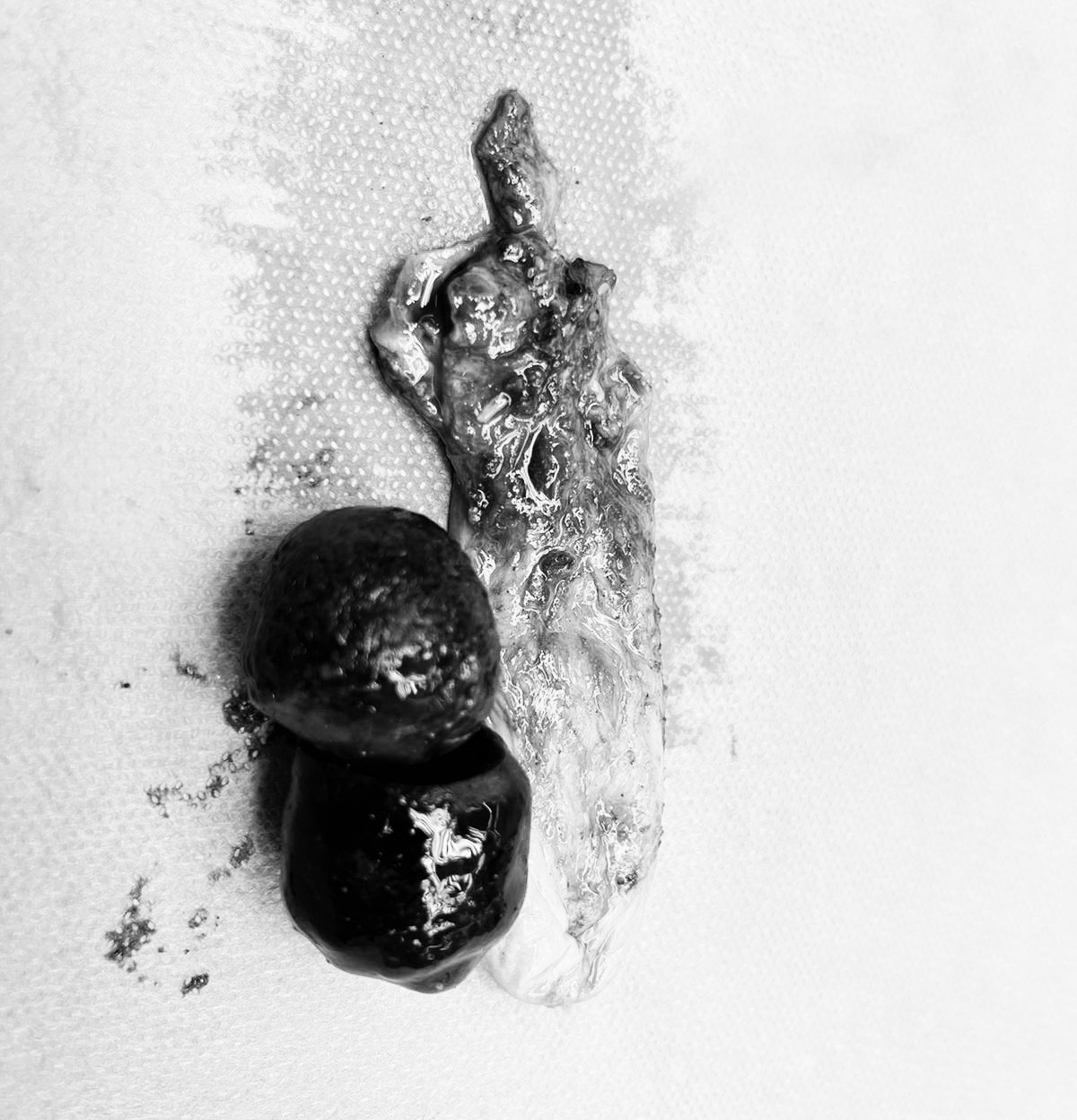
This picture is representative of how big the stones can become if the surgery for the gall bladder stones is delayed. The usual question when a patient is diagnosed and operated is, “Dr how long do you think, these stones have been inside the body”. The answer is not straightforward. It can be a couple of years or more. And the next thing they want to know is why it did not show any symptoms.
The irony here is that sometimes very small stones can be extremely symptomatic and have complications like pancreatitis and jaundice and some times very large stones will keep sitting silently inside and patient will never know. So, what is an anticipated problem if the stones become large.
1. There is a risk of pressure and erosion in the surrounding area of the gall bladder and it may at times cause compression of the common bile duct (the tube which brings the bile from the liver to the intestine).
2. There can be chronic inflammation and it can have communication with the colon and the duodenum (a part of the small intestine)
3. In endemic areas, large stone can predispose to the formation of gall bladder cancer also.
4. The surgery in limited circumstances can become challenging and may have some immediate postoperative sequel which may merit another endoscopic treatment in the form of ERCP.
So, if the Ultrasound is showing the presence of stones which are more than 2 cms in size, but you do not have significant symptoms, even then you should consider timely surgery to prevent the complications which are mentioned above. Remember that these stones did not become so big overnight, they have been there and have the potential to cause harm in the long run.
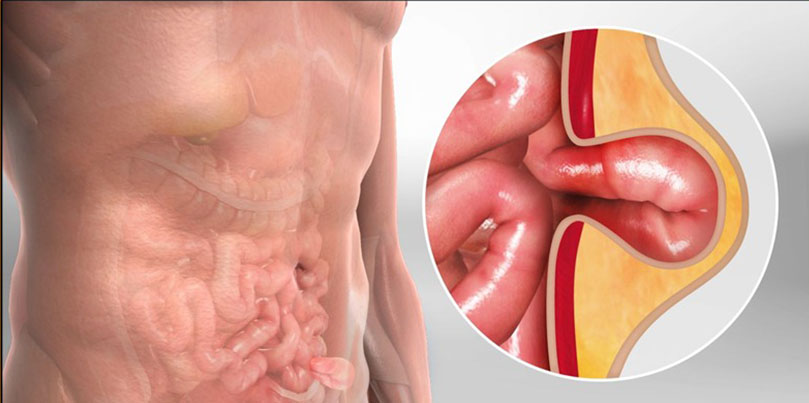
Hernia is defect in the abdominal wall muscle. This can be at the site of the umbilicus or the groin area which are some of the natural exit points of human body. The intrabdominal contents will protrude out through these defects and can sometimes become trapped and strangulated. The other reasons to develop a hernia are previous surgery or trauma.

Recurrent hernia is one in which an attempt has been made to repair this hernia initially. But despite that the defect has come again with the herniation of intraabdominal contents. The reasons for the recurrence of a hernia are:
1.infection of the wound after the initial surgery
2. excessive exertion too soon after the surgery
3. chronic use of steroids/ other medications
4. chronic acute cough
5. smoking
6. obesity
7. improper technique or missed hernia defects
Concerns or Complications of recurrent hernia
The plane of dissection of the muscles has been breached. There may be a mesh or stitches which are placed at the time of the initial surgery, these may cause adhesions with the bowel or the intestine. The hernia defects may be more painful. There may be missed hernial defects. There may be some additional involvement of the nerves or exaggerated muscle weakness.
The repair of such recurrent or complex hernia requires a tailor-made treatment. They need proper investigations, mostly by a CT scan of the abdomen to understand the anatomy of the area. The size of the defect, the volume of the herniated contents, the intent of repositioning all needs to be incorporated in making a strategy for the surgical repair.
The patient must be prepared prior to the surgery. Any medical conditions which may have predisposed to the formation of the recurrent hernia have to be optimized and corrected. The surgical technique must be formulated as per the individual needs and the consumables must be arranged which may be customized to the case. Astute attention is placed in the intraoperative steps to avoid inadvertent complications of bleeding and bowel injury. Ergonomic placement of the mesh over a tension free approximation of the hernia defect is the corner stone of a successful repair. Aesthetic closure of the skin and the subcutaneous tissue enhances the overall appearance.
The team of surgeon, radiologist, plastic surgeon, nutritionist and an internist are involved in the overall management of the patient.
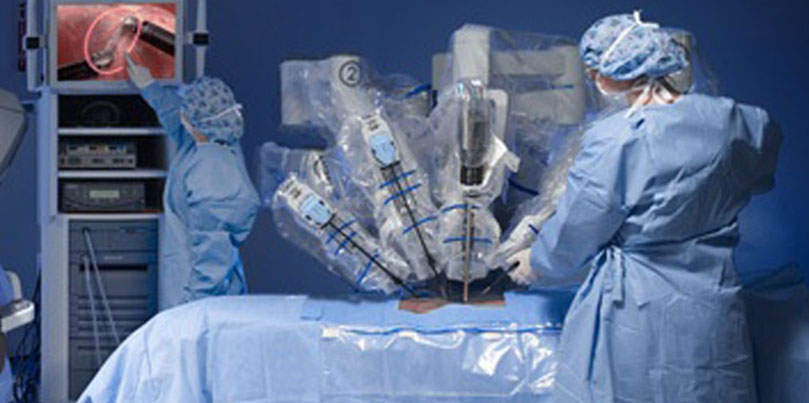
The hernia is a defect in the continuity of the abdominal wall. The most common cause of a large hernia can be previous surgery, trauma and weakness in the wall which is exacerbated by increased intrabdominal pressure. In addition, the presence of obesity or increased abdominal wall fat can make the defect to be hidden and the clinical symptoms are not visible till the hernia becomes large.

The standard of treatment for hernia repair is to close the defect and reenforce the repair using a mesh to prevent the recurrence of the hernia in a long run. There are challenges to do this laparoscopically, using a “keyhole” technique because of the ergonomics. The abdominal wall is faced upwards, and the surgeon must operate in the reverse direction, to perform the procedure. This is conveniently done for small hernia defects but for large defects, the dissection and the suturing may not be optimal. The challenge is overcome by using a robot as it has more degree of movement of the hand and the access and suturing is extensively facilitated. This reduces the pain after the surgery for the patient and the recovery time is markedly reduced. Also, it is practically feasible to place the mesh in the correct anatomical plane which is away from the intra-abdominal contents.